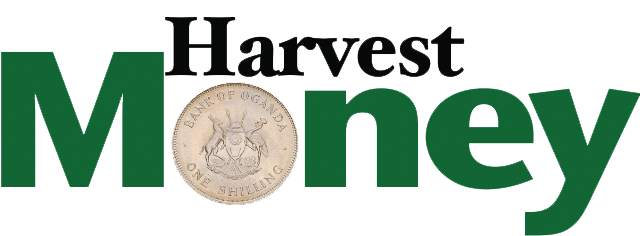Juma Kityo, a resident of Kiboga, believes that planting more maize in a small space will lead to a higher yield.
He has always resisted thinning his maize, convinced that removing some plants is a waste. However, agricultural experts argue that thinning is essential for achieving better yields and healthier crops.
Twaha Kakooza, a commercial maize farmer, explains that proper thinning ensures that each maize plant gets enough nutrients, water, and sunlight.
“Many farmers think they are increasing their harvest by planting densely, but in reality, they are limiting the potential of each plant. Thinning allows the remaining plants to grow stronger and produce bigger cobs,” Kakooza says.
According to Gideon Zakke, an agronomist, thinning is a crucial practice in maize farming.
“When maize is crowded, plants compete for resources, leading to weak stems, smaller cobs, and a higher risk of diseases. Thinning helps maintain an optimal plant population that maximizes productivity,” Zakke explains.
Timing of thinning
Thinning should be done early to avoid disturbing the root system of the remaining plants.
Zakke recommends thinning when the maize plants are about 10–15 cm tall, usually between two to three weeks after germination. At this stage, the weaker seedlings can be easily removed without damaging the healthy ones.
“Delaying thinning can reduce its effectiveness because by the time farmers decide to thin, the maize plants would have already started competing for nutrients,” Zakke adds.
He advises farmers to leave one healthy plant per hole or maintain an ideal spacing of about 25–30 cm between plants.
Disadvantages of not thinning
Farmers who fail to thin their maize fields may face several problems
Stunted growth, overcrowded maize plants struggle to access enough nutrients, water, and sunlight, leading to weak plants and lower yields.
Small and poor-quality cobs, with too many plants competing for resources, the maize cobs that form tend to be small and poorly developed.
Increased pest and disease attacks, overcrowding create a humid environment that favours pests and diseases, such as maize stalk borers and fungal infections.
Lodging (falling over), weak stems are more likely to bend or break during strong winds or heavy rains, leading to losses.
Difficult weed control, when maize plants are too close together, it becomes challenging to control weeds effectively, further reducing yields.
Benefits of thinning
Proper thinning brings numerous advantages to maize farmers
Healthier plants, with reduced competition, each plant gets enough nutrients, making them stronger and more resistant to pests and diseases.
With higher yields, thinned maize plants produce larger and more uniform cobs, increasing the total harvest.
Better air circulation, well-spaced plants allow for better air movement, reducing the risk of fungal diseases.
Efficient use of resources, farmers can optimize the use of fertilisers, water, and pesticides, leading to cost savings.
Easier management, weeding, spraying, and harvesting become more manageable when maize plants are properly spaced.
Kakooza advises farmers to always prioritise thinning, emphasising that a well-managed maize field is more profitable than a crowded one.
“It may seem like you’re removing potential yields, but in reality, you’re creating the right conditions for higher productivity,” he says.





